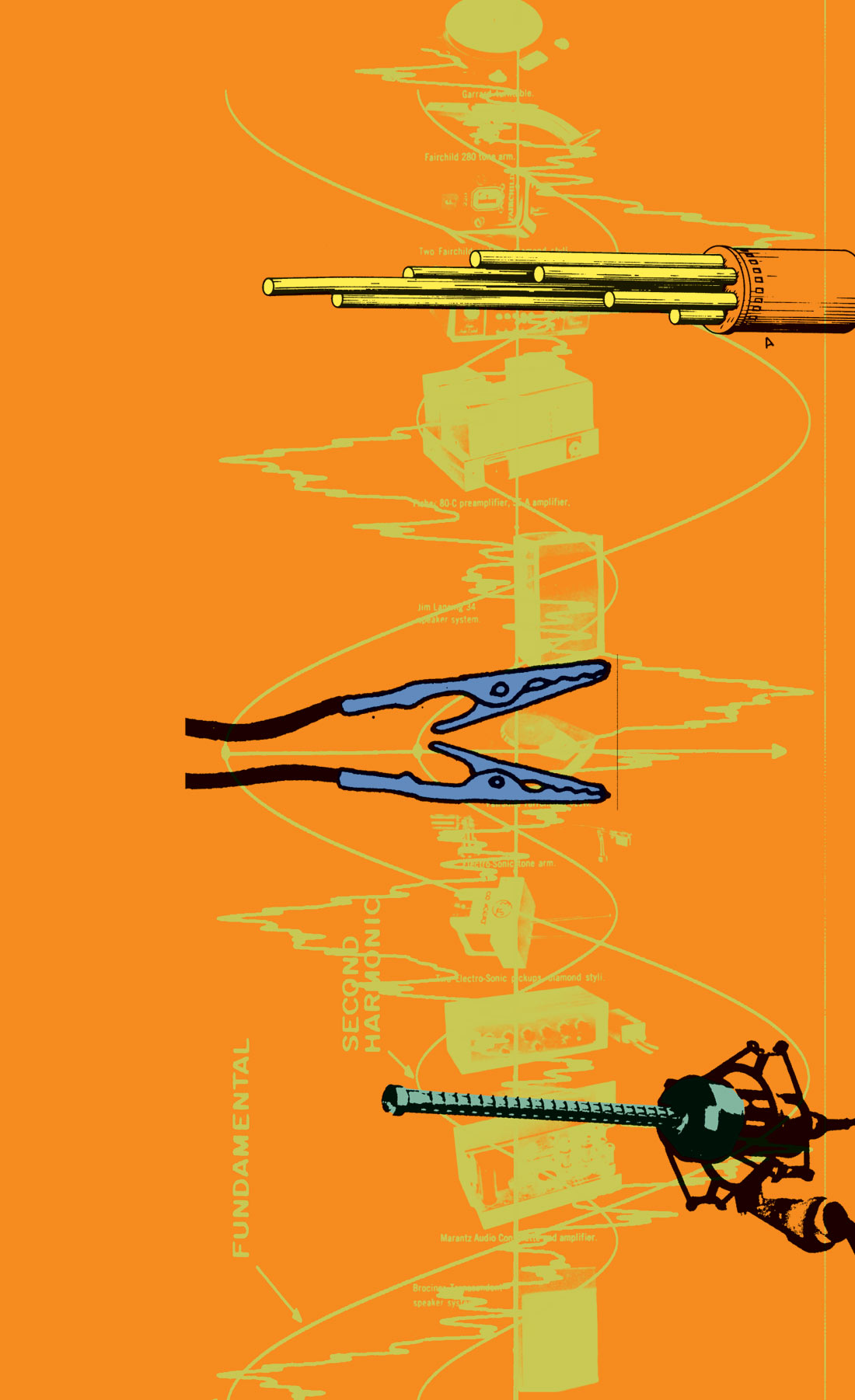Even with the recent reissue of Bruce Haack's 1971 Columbia album The Electric Lucifer, his innovative approaches to home recording and electronic sound generation remain unfortunately overlooked. Haack experimented with inexpensive home recording and building synthesizers at a time when he had few peers. This album's liner notes claim that he worked with both Raymond Scott and Tiny Tim, and also that he met John Cage. Independent of its liner notes, Listen Compute Rock Home compiles tracks from Haack's earliest works, children's records on which he collaborated with Esther Nelson. It reflects the very different coloration of inexpensive equipment of the late '60s to that of today. Haack and Nelson used this equipment to capture playful, narrative music, with an appeal to children of all ages. The album captures less of Haack's electronic experimentation than The Electric Lucifer, but replaces it with creative use of inexpensive and unusual instruments. While elements of Haack's strange artistic approach may lack some of the obvious accessibility that has made Scott and the Silver Apples so fashionable, this reissue provides a great overview of the early work of a pioneering home-recordist. (Emperor Norton, 102 Robinson St., Los Angeles, CA 90026)
Music Reviews | No. 19
Fontanelle CD
by Larry Crane, Roman Sokal
Fontanelle, a Portland, Oregon, quartet which includes orphaned Jessamine offspring Andy Brown and Rex Ritter, paint a bipolar musical landscape that is both soothing and sardonically ominous in a...




_disp_horizontal_bw.jpg)